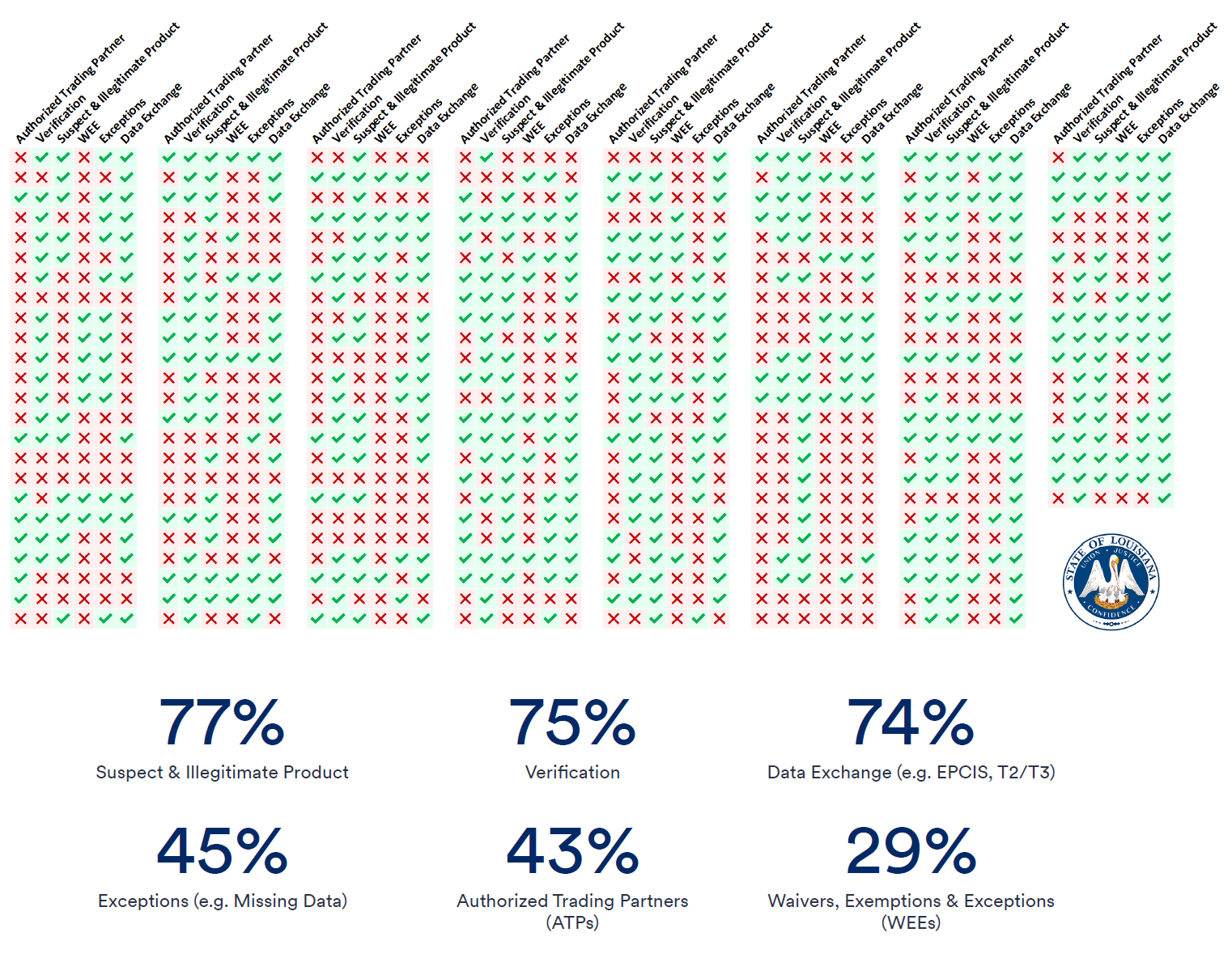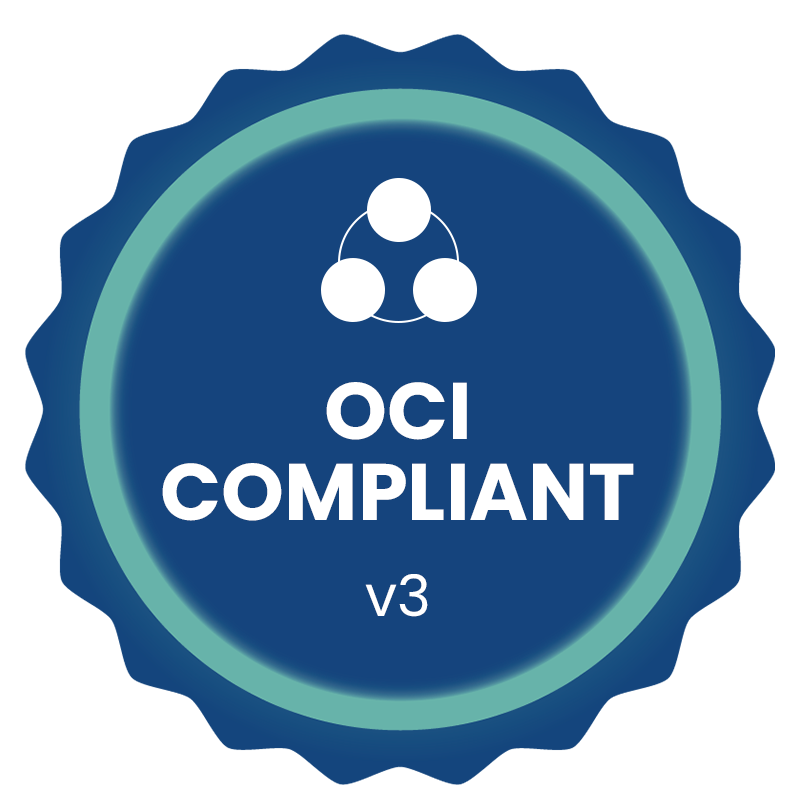This series originally ran in the LedgerDomain newsletter. Don't miss out on industry updates and insights – subscribe below:
When regulators speak, we all listen. Last year’s FDA letter to Safe Chain was illuminating with a close look on SOPs and systems at a regional wholesaler. Last week, Louisiana’s State of DSCSA: Regulatory & Industry Update expanded the scope to over a thousand manufacturers and wholesalers.
All this week we’ll be unpacking what’s inside the report and what it means for you. With less than 2 months until the DSCSA final deadline, time is running out – if you don’t have your ATP credential in place, get yours now or set up a call with our team to learn more.
Part 1: DSCSA Policies & Procedures
DSCSA compliance starts with the right policies and procedures. As we saw with the Safe Chain warning letter, it’s critical that SOPs align with the law and are followed. To gauge SOP readiness, the Louisiana Board of Drug and Device Distributors analyzed over 750 submitted documents from manufacturers and wholesalers in 40 states.
While there was strong coverage of suspect & illegitimate product, verification, and data exchange, the Board identified major policy gaps in exceptions handling, Authorized Trading Partner (ATP) validation, and Waivers, Exemptions & Exceptions (WEEs).

As George Lovecchio, Executive Director, Louisiana Board of Drug and Device Distributors wrote in the report:
“As many licensees are currently evaluating their policies & procedures ahead of the November 27 deadline, we would like to see moving toward 100% on all these points, although we appreciate the WEEs are a moving target. With the ‘electronic, interoperable’ requirements coming into full effect, we have found a need to educate on Authorized Trading Parter validation and tracing, as many trading partners have outdated policies that don’t reflect newer requirements, standards, and guidelines. Moving forward, we appreciate the use of digital credentials by our licensees, especially for the majority anchoring on an out-of-state license with faxes and photocopies. We’ve gotten our credential just like everybody else and it wasn’t that hard.”
DSCSA Action Items
1. Check Your Policies & Procedures. Be sure your P&Ps provide coverage on the 6 areas of DSCSA compliance identified by the Board’s State of DSCSA report. Our example SOPs provide a solid grounding for ATP validation, trace, and verification.
2. Electronic Interoperability. Ask your solution provider about “secure, electronic” methods for ATP validation and tracing. Some providers make it easy for you to find the source data, but may not provide a PDG-compliant method to send, receive, and validate trace messages. The DSCSA requires “interoperable, electronic tracing” among ATPs, and ATP credentials are the only available method that meets all three elements of the law.
3. Get Your XATP Credential. Only LedgerDomain’s XATP Credential supports the trace workflows critical to achieving compliance out of the box. Get your credential set up or schedule a demo.


